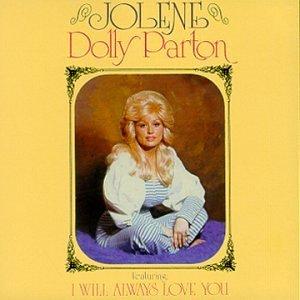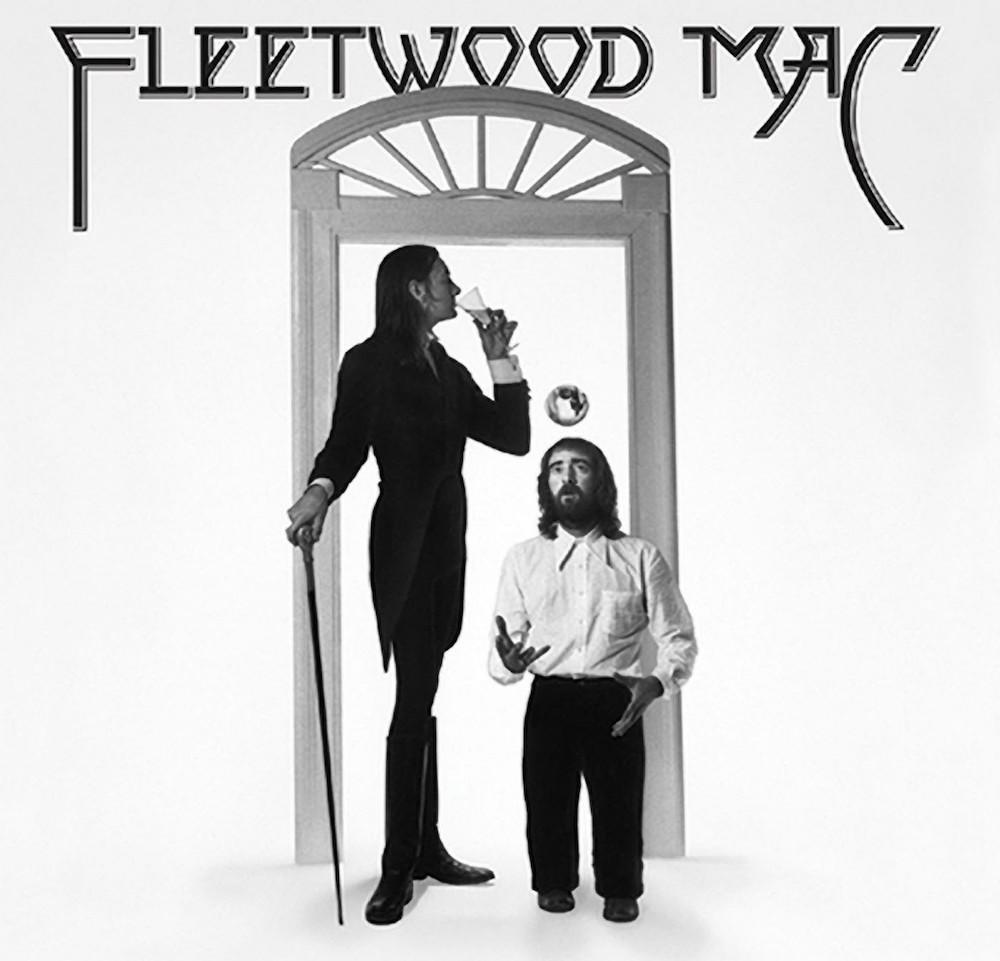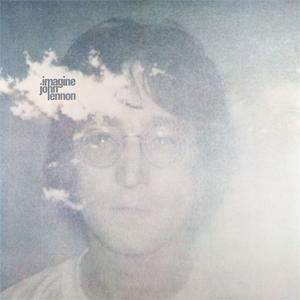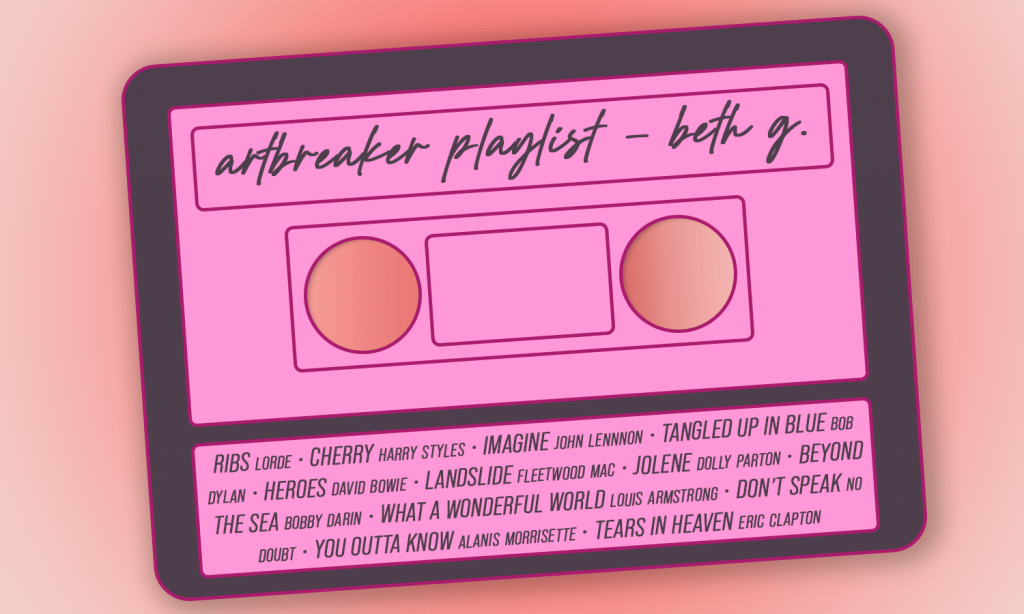Art by Autumn Hardwick
Many would say music is meant to be relatable — a language that knows no bounds and encourages one to express their thoughts and feelings that are otherwise difficult to articulate. When the world is in a hurry, music helps slow it down — when life moves too fast and one forgets to take a look behind the “curtain.”
When hearing minor chords within songs and albums, listeners feel a bit darker, more melancholy. On the scale, the minor key is opposed to the major key and is perceived within the mind — without awareness — that something is wrong, hence sadness and restlessness, according to Music Practice and Theory.
While the minor key is a stylistic choice, sad songs are more than just a performance selection, they’re a crucial part of the human experience.
As Pepperdine’s campus re-opens to students and they get accustomed to navigating life on their own, these song reviews are a guide that can help through “adulting,” inevitable heartbreaks and all the more to come.
As Plato once said, “Music and rhythm find their way into the secret places of the soul.”
A study from Freie Universität Berlin found sad music can make people feel better after a break-up or a time when one is feeling down — the music acts as a cognitive reward for the brain. Some “break-up” songs help people indulge in their negative feelings and positively distract themselves and fill the void in their hearts.
One that comes to mind is Dolly Parton’s 1973 “Jolene,” which depicts Parton losing her man because another woman is waiting right around the corner, bringing country twang to what Parton said is a personal experience.
The lyrics say, “Your smile is like a breath of spring / Your voice is soft like summer rain / And I cannot compete with you Jolene.”
This song is perfect to indulge in when speculating the heartbreak around the corner, or even when it can’t be seen.

Released in 1975 and featured on Rolling Stones #1 Bob Dylan album, “Blood on the Tracks,” the song “Tangled Up in Blue” tells the story of the rise and fall of a relationship between an unnamed narrator and “she.”
The lyrics read, “As I was walking away / I heard her say over my shoulder / ‘We’ll meet again someday on the avenue.'”
The brilliance behind this song is how the simple subject of love is anything but conventional. The storyline of familial disapproval, suggesting that the woman is married, followed by the couples’ split, leads them ultimately to the misleading belief they will unknowingly meet again.
While tears remain cathartic, growing up may be something hard to face directly. In the same realm of remembering lost loves, a time may come when people listen to a song and feel nostalgic for past experiences, triggering memories or associating emotions with things that never even happened.
There must have been something in the air in the ’70s because Fleetwood Mac released, “Landslide,” a vocally raw acoustic-based ballad with lyrics such as “But time makes you bolder / Even children get older / And I’m getting older too.” This song reminds the listener to take a look at their reflection because it will change over time — a nearly perfect memento of the phases of life.

For the younger audience, Lorde provided “Ribs” to romanticize and appreciate childhood before it is gone forever like Stevie Nicks did years before. This is a song from her 2013 debut album “Pure Heroine,” that she wrote at only 16 years old.
The lyrics say, “This dream isn’t feeling sweet, we’re reeling through the midnight streets / And I’ve never felt more alone, it feels so scary getting old.”
The song provides nerve-racking angst as it starts quiet and builds with the anxiety and exhaustion of her voice trying to keep up with the music — and with her life.
Unlike these songs of nostalgia and break-ups, some music is instrumentally sorrowful but with lyrics meant to inspire — sad in a good way. This is something the world needs to be reminded of while emerging from a time of separation due to COVID-19. There could be millions of lists made with songs meant to promise hope for the foreseeable future, but these two share lyricism lasting decades.
Arguably one of the most famous within that light and voted Rolling Stones 3rd Best Song of all time is the 1971 release of “Imagine” by John Lennon. Lennon, like many others in the time of “Love not War,” was longing for a time of peace and tranquility.
The lyrics say, “Imagine all the people / Livin’ life in peace / You may say I’m a dreamer / But I’m not the only one.”
In a polarized nation, this idyllic song creates a utopian world for the listener — having not felt it for so long, it makes the listener wonder what a time would be like with brotherhood and peace.
One of the other most influential artists of all time seemed to agree. “Heroes” by David Bowie debuted in 1977 and it almost seems too long for the heroes who can create the world Lennon had dreamed of. The beauty of this song is Bowie contemplating if he can be the hero himself.
The lyrics say, “And the shame, was on the other side / Oh we can beat them, forever and ever / Then we could be Heroes, just for one day.”

The purpose of music is to provide healing and happiness, something all Waves can feel as they begin their adult lives. So next time you feel something, pay attention because chances are you might hear it again — once upon a song.
Reporter Beth Gonzales uses all these songs and more to put together an “Artbreaker” playlist. These are songs the reader can refer back to in a time of remedy — read below to see the song list.

____________________
Follow the Graphic on Twitter: @PeppGraphic
Email Beth Gonzales: beth.gonzales@pepperdine.edu

